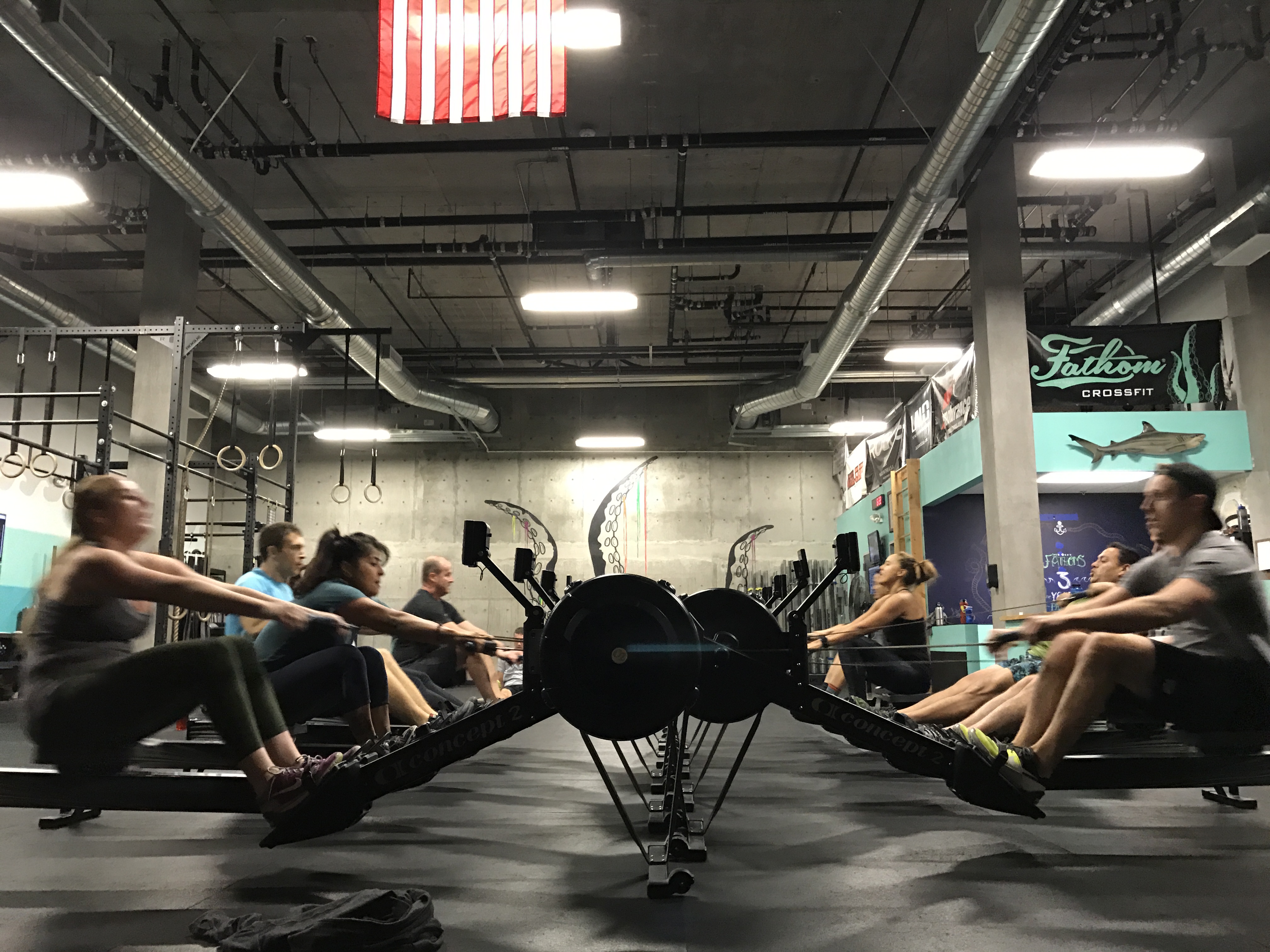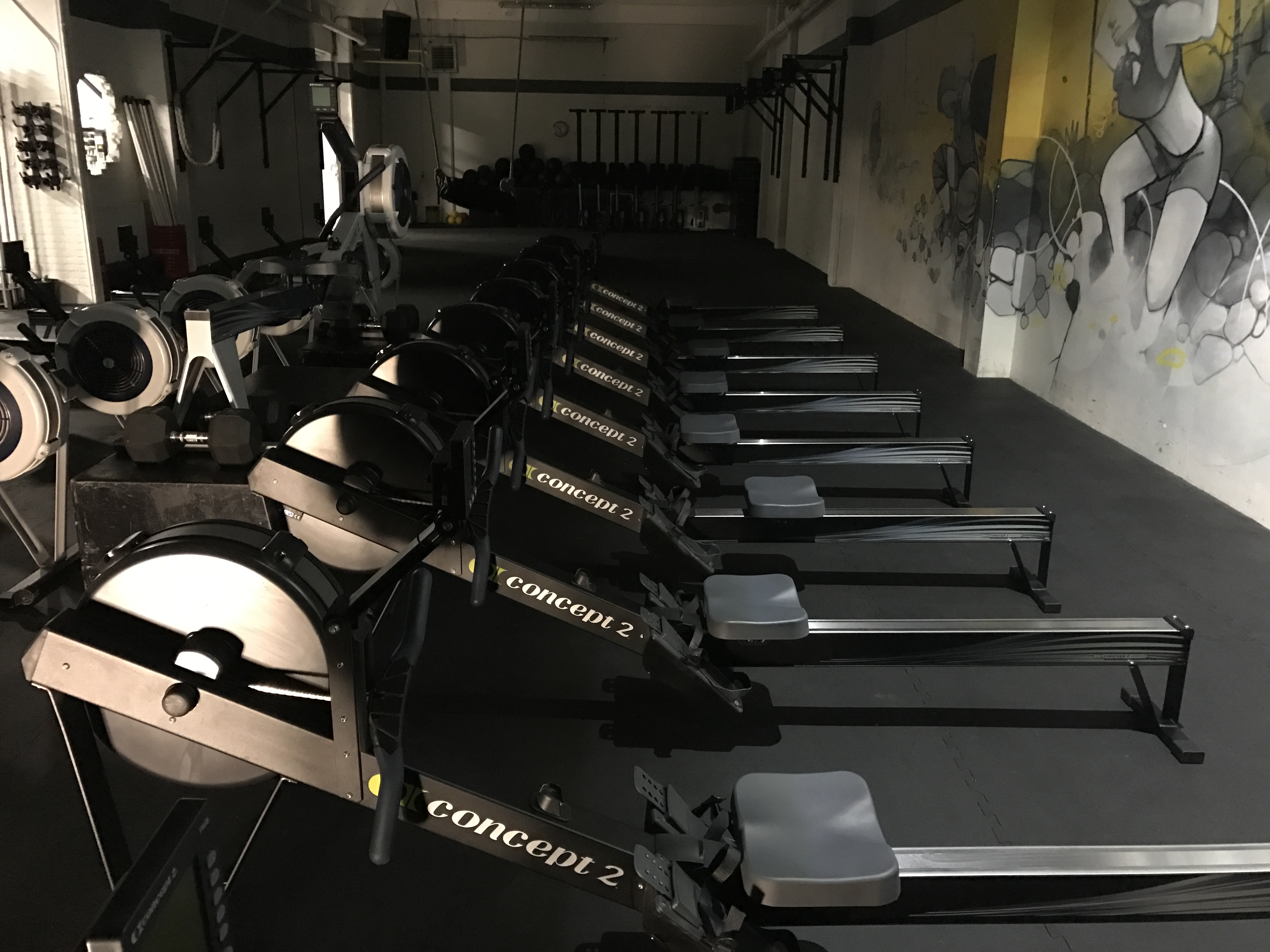
7 Rowing Benchmark Workouts You Should Know
Do These Rowing Tests to Better Understand Your Current Ability
As we are stepping into the new year with new fitness goals and resolutions we thought it would be useful to show you how you can lay a basic foundation to build your performance upon throughout the year.
Every time you want to improve your performance the first thing is to measure your current capabilities such as speed, consistency, and efficiency. However, no matter what your goal is, it is best to start with a test. Rowing is no different. The goal is to improve. So let’s get your baseline targets set!
The Most Essential
1. The ultimate test of rowing is the 2k or 2000m row. This test shows up for those who compete in the Olympics and World Championships on many training days. This is the Holy grail of rowing and the most known and feared rowing workout at the same time. As the longest rowing sprint distance, this requires the most endurance, power, strategy, and mental fortitude. There are many strategies floating on the internet to help you get ready for this particular test but you will learn the most about yourself and your fitness actually doing it more than anything.
2. The next test you should do is the 500m row. This is the ultimate sprint experience. There isn’t much room for error in this short, powerful, and sub 2-minute effort. You go all out and leave everything on the erg. The biggest advantage during this 500m is great technique and understanding the machine. Small adjustments can mean seconds in your result.
3. The other side of the spectrum is the 5k. This is the shortest endurance event (any event under 2k is considered a sprint and anything beyond that is considered endurance). During the 5k it isn’t about sprinting. It’s about maintaining an effort for an extended period of time without giving up. Mental toughness also comes in handy with any endurance test. And of course, sticking with your strategy is crucial to achieving a great result.
Other Tests You Should Do to Know Your Numbers
4. The 1000m row comes up not just in rowing but also in CrossFit. This sprint distance is one of the hardest to master. It is a test that tricks you into thinking this is an all-out event just like the 500m, but then endurance sneaks into the equation. This isn’t quite a pure sprint nor a 2k when endurance is just as important as power. The importance of this workout rests in the time domain and the physiological effects that come from this test pushing you into the endurance side of the workout immediately. Just remember the staple workout “Jackie” and how you feel when you step up to the barbell for 50 thrusters after rowing 1000m. It isn’t as simple as it sounds.
5. A few weeks ago, we talked about peak power aka the rowing Wingate test. This short 8-10-minute workout is perfect to measure your potential. Doing this simple test every 3 to 6 month will give a clear picture of the direction your fitness is heading.
Others Tests You Should Include
6. Rowing for calories is highly underrated when it comes to testing. Understanding how to row for calories and practicing it is crucial especially in the functional fitness world and those who compete. Most of the events with rowing in them in CrossFit are for calories. Learning to pace for different units on the erg seems easy yet not a lot of athletes knows their 2k or 500m split in cal/h. There are 2 tests you can do to learn about calorie rowing and the connection to rowing for meters.
Test A
Rowing 100 calories for time
Rest 5 minutes
Program how long it took you to row 100 calories and row for max calories during that time
Test B
Row for 60 calories
Rest 5 minutes
Row 21 calories
Rest 1 minutes
Row 15 Calories
Rest 1 minute
Row 9 calories
7. One other neglected test is the finding your preferred damper setting on the rowing machine. Knowing this is important because it can help you increase your efficiency. By doing this test you can find your optimal drag factor and achieve better results on the rowing machine. There are a few tests that can be done to find this but the most simple and quick way to give you a guideline is the test below. Keep in mind that these tests require true max effort and we encourage you to look up and practice rowing technique first.
6 Minutes @DS 10 / 16 s/m
Rest 5 minutes
5 minutes @DS 8 / 20 s/m
Rest 4 minutes
4 minutes @DS 6 / 24 s/m
Rest 3 minutes
3 minutes @DS 4 / 28 s/m
Rest 2 minutes
2 minutes @DS 2 /32s/m
Rest 1 minute
1 minute @DS Open / Open s/m
During this test, you are looking for a feeling you prefer, not the achieved average split during your intervals. The results will be a good indication but the preferred setting is subjective. It is not just about the best result, it’s about efficiency. Once you find the preferred damper setting you can check your drag factor on the machine. This drag factor will be your basic starting point and you will be the most efficient around this number.
Use Your Numbers
Testing is what helps give you results. This data shows your current ability, condition, or overall performance. Without it, you would have no idea how much you improve or don’t improve. It all comes down to what you do with the data.
Follow a training program that is based on your test numbers so you can improve your current fitness around that area. Second, choose a program that lasts long enough to make changes and retest at the end of the program to see if it gave you the improvements you were looking for. Lastly, rotate training programs with different modalities. Although it isn’t impossible, it can be hard to keep improving on the same test repeatedly. Different programs can also complement each other, for instance, a 500m program can benefit a 2k test and vice versa.
The monitor and your numbers never lie. It is impossible to cheat the machine and it always gives you a true indication of your fitness and what to improve upon. By understanding your current numbers, you can know what to look for when choosing a training program to help you improve, know your target splits for rowing workouts, and most of all, know how much you improved next time you take the test.
No products in the cart.


